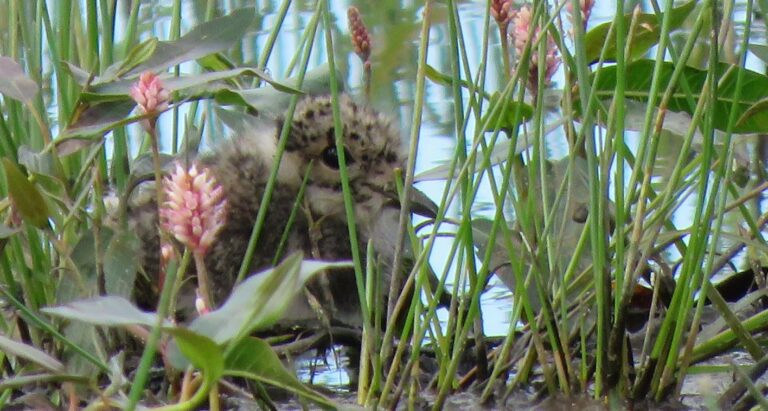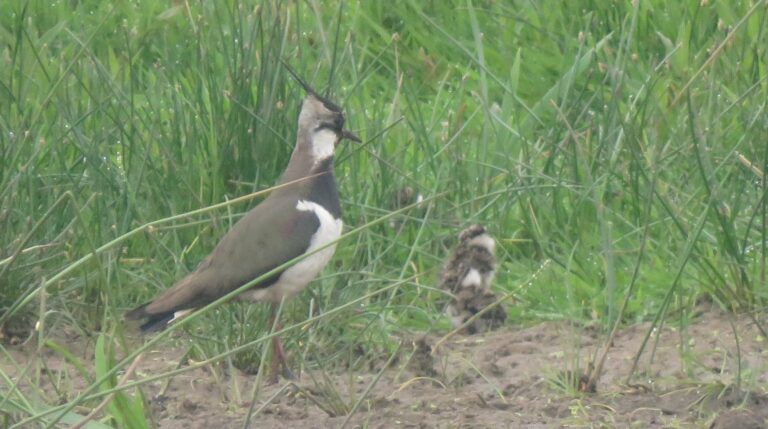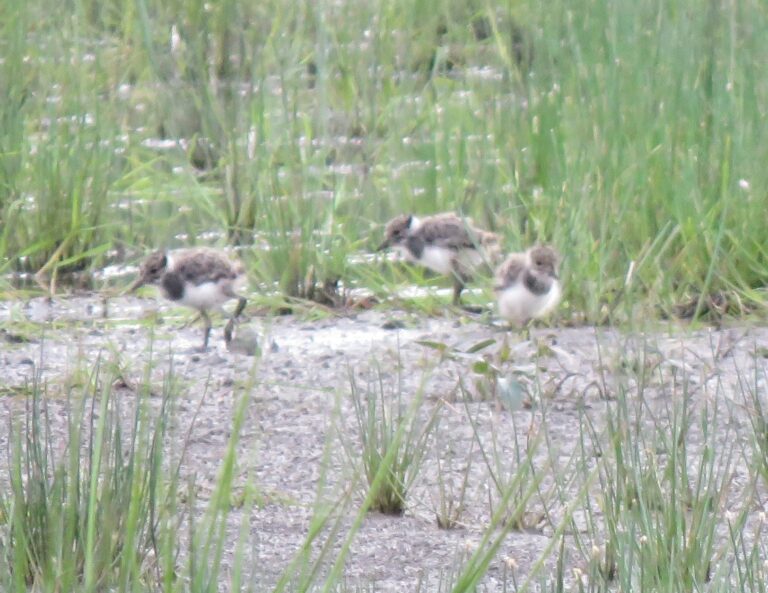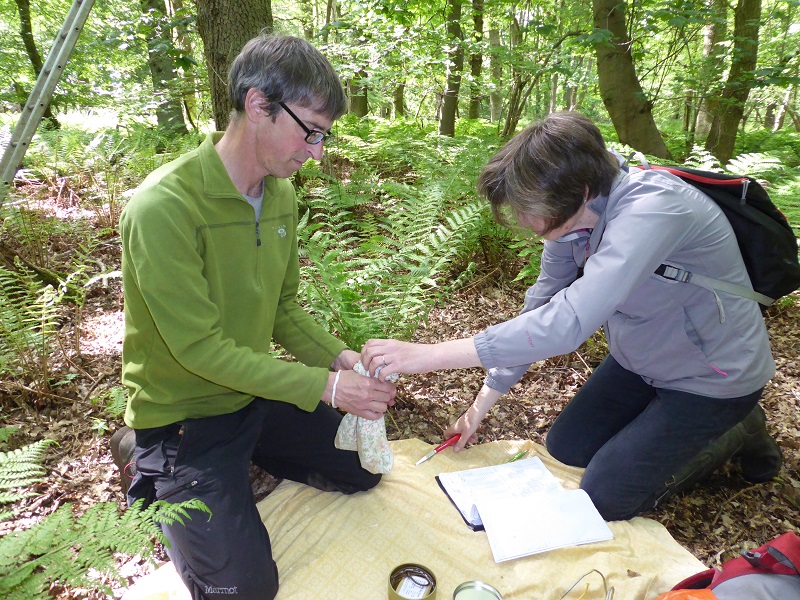On 23rd March the shutters came down across Britain. We entered a new world at least from a human perspective. Confined to the immediate area our focus on local nature intensified. My daily permitted exercise took me up the Bridlepath, and around the fields, copses and close to the subsidence pond adjacent to Gosforth Nature Reserve. I also discovered that this was the local patch for many more people than I had anticipated. The paths and tracks were much busier than normal from dawn until dusk.

Seeing my binoculars on occasion people would stop and ask me about birds and other aspects of nature. Particularly visible were the lapwings. With their striking plumage and plaintive call, they were readily seen even by casual observer. They were often seen to be flying over what seemed to be somewhat featureless fields.
I was astonished when another local naturalist told me that he had spotted a nest in the field. Aware that lapwings simply lay onto bare ground I was impressed and somewhat envious that he had been able to locate it. However, I was anxious for several reasons. Firstly, the number of people not sticking to the well-worn and acknowledged if not official paths. Secondly, I questioned how long the field would remain fallow after the farmer deposited manure in the field. One of my neighbours caught up in the fate of the lapwings put a notice thoughtfully enclosed in a polythene pocket to protect it from the elements, informing the farmer of the nest. Would he pay any attention given the imperative to use the land productively and get a crop in. Thirdly the field was full of corvids. Whilst lapwings are exemplary parents driving off predators and even on occasion feigning injury to make themselves a target and distract from the nest/young it felt like the odds were overwhelming against them.

Sometimes nature surprises you in a good way. On 4 June Philip spotted 2 broods of 3 young newly hatched lapwing chicks. Although resembling pom poms on legs lapwing chicks are not as vulnerable as they might appear. They are nidifugous leaving the nest shortly after hatching. They already have some mechanisms in place to facilitate their survival being capable of running and taking cover and hiding. Fortunately, they appeared to be good at this often proving very difficult to find even with binoculars. We checked their progress regularly watching as they grew and developed eventually successfully fledging.

In such adverse times it felt like a real good news story. Lapwings are under significant threat (red-listed) and the fact that there were successful is hopeful at least for this site. Further good news come in July when a 3rd brood hatched and, we believe, got away. Whilst it is important never to be complacent just occasionally nature gives us hope and inspires us in the bleakest of times.
About the author

Jane Gray grew up on the scarp slope of the North Downs. Along with her brothers, she regarded the adders, common lizards and at that time plentiful butterflies as companions. This environment fuelled her life long love of nature. Only ever an amateur, she constantly realises how little she knows. The fact that there is always more to learn and the need to strive to protect it continues to drive and inspire her.